Audi 2013 Annual Report Download - page 109
Download and view the complete annual report
Please find page 109 of the 2013 Audi annual report below. You can navigate through the pages in the report by either clicking on the pages listed below, or by using the keyword search tool below to find specific information within the annual report.-
 1
1 -
 2
2 -
 3
3 -
 4
4 -
 5
5 -
 6
6 -
 7
7 -
 8
8 -
 9
9 -
 10
10 -
 11
11 -
 12
12 -
 13
13 -
 14
14 -
 15
15 -
 16
16 -
 17
17 -
 18
18 -
 19
19 -
 20
20 -
 21
21 -
 22
22 -
 23
23 -
 24
24 -
 25
25 -
 26
26 -
 27
27 -
 28
28 -
 29
29 -
 30
30 -
 31
31 -
 32
32 -
 33
33 -
 34
34 -
 35
35 -
 36
36 -
 37
37 -
 38
38 -
 39
39 -
 40
40 -
 41
41 -
 42
42 -
 43
43 -
 44
44 -
 45
45 -
 46
46 -
 47
47 -
 48
48 -
 49
49 -
 50
50 -
 51
51 -
 52
52 -
 53
53 -
 54
54 -
 55
55 -
 56
56 -
 57
57 -
 58
58 -
 59
59 -
 60
60 -
 61
61 -
 62
62 -
 63
63 -
 64
64 -
 65
65 -
 66
66 -
 67
67 -
 68
68 -
 69
69 -
 70
70 -
 71
71 -
 72
72 -
 73
73 -
 74
74 -
 75
75 -
 76
76 -
 77
77 -
 78
78 -
 79
79 -
 80
80 -
 81
81 -
 82
82 -
 83
83 -
 84
84 -
 85
85 -
 86
86 -
 87
87 -
 88
88 -
 89
89 -
 90
90 -
 91
91 -
 92
92 -
 93
93 -
 94
94 -
 95
95 -
 96
96 -
 97
97 -
 98
98 -
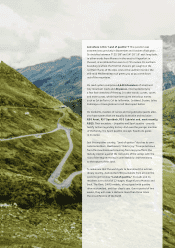 99
99 -
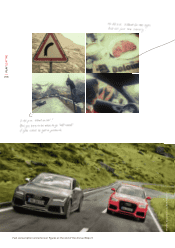 100
100 -
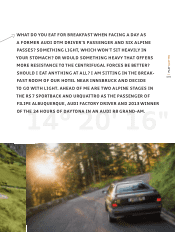 101
101 -
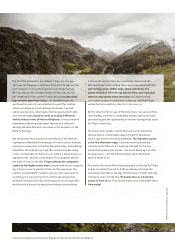 102
102 -
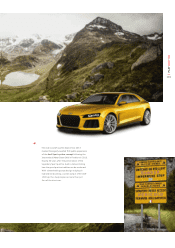 103
103 -
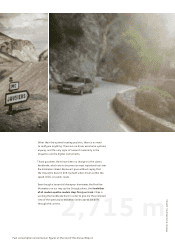 104
104 -
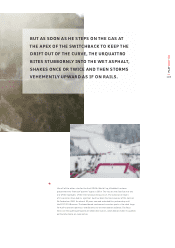 105
105 -
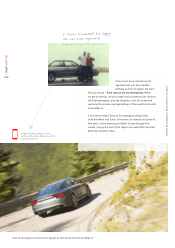 106
106 -
 107
107 -
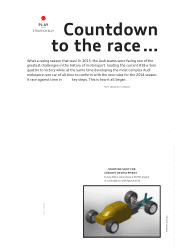 108
108 -
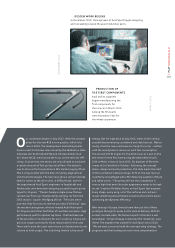 109
109 -
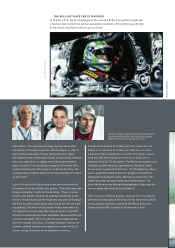 110
110 -
 111
111 -
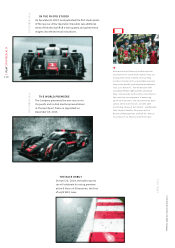 112
112 -
 113
113 -
 114
114 -
 115
115 -
 116
116 -
 117
117 -
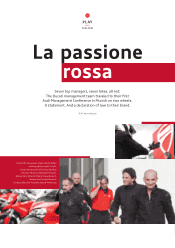 118
118 -
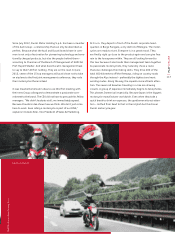 119
119 -
 120
120 -
 121
121 -
 122
122 -
 123
123 -
 124
124 -
 125
125 -
 126
126 -
 127
127 -
 128
128 -
 129
129 -
 130
130 -
 131
131 -
 132
132 -
 133
133 -
 134
134 -
 135
135 -
 136
136 -
 137
137 -
 138
138 -
 139
139 -
 140
140 -
 141
141 -
 142
142 -
 143
143 -
 144
144 -
 145
145 -
 146
146 -
 147
147 -
 148
148 -
 149
149 -
 150
150 -
 151
151 -
 152
152 -
 153
153 -
 154
154 -
 155
155 -
 156
156 -
 157
157 -
 158
158 -
 159
159 -
 160
160 -
 161
161 -
 162
162 -
 163
163 -
 164
164 -
 165
165 -
 166
166 -
 167
167 -
 168
168 -
 169
169 -
 170
170 -
 171
171 -
 172
172 -
 173
173 -
 174
174 -
 175
175 -
 176
176 -
 177
177 -
 178
178 -
 179
179 -
 180
180 -
 181
181 -
 182
182 -
 183
183 -
 184
184 -
 185
185 -
 186
186 -
 187
187 -
 188
188 -
 189
189 -
 190
190 -
 191
191 -
 192
192 -
 193
193 -
 194
194 -
 195
195 -
 196
196 -
 197
197 -
 198
198 -
 199
199 -
 200
200 -
 201
201 -
 202
202 -
 203
203 -
 204
204 -
 205
205 -
 206
206 -
 207
207 -
 208
208 -
 209
209 -
 210
210 -
 211
211 -
 212
212 -
 213
213 -
 214
214 -
 215
215 -
 216
216 -
 217
217 -
 218
218 -
 219
219 -
 220
220 -
 221
221 -
 222
222 -
 223
223 -
 224
224 -
 225
225 -
 226
226 -
 227
227 -
 228
228 -
 229
229 -
 230
230 -
 231
231 -
 232
232 -
 233
233 -
 234
234 -
 235
235 -
 236
236 -
 237
237 -
 238
238 -
 239
239 -
 240
240 -
 241
241 -
 242
242 -
 243
243 -
 244
244 -
 245
245 -
 246
246 -
 247
247 -
 248
248 -
 249
249 -
 250
250 -
 251
251 -
 252
252 -
 253
253 -
 254
254 -
 255
255 -
 256
256 -
 257
257 -
 258
258 -
 259
259 -
 260
260 -
 261
261 -
 262
262 -
 263
263 -
 264
264 -
 265
265 -
 266
266 -
 267
267 -
 268
268 -
 269
269 -
 270
270 -
 271
271 -
 272
272 -
 273
273 -
 274
274 -
 275
275 -
 276
276 -
 277
277 -
 278
278 -
 279
279 -
 280
280 -
 281
281 -
 282
282 -
 283
283 -
 284
284 -
 285
285 -
 286
286 -
 287
287 -
 288
288 -
 289
289 -
 290
290 -
 291
291 -
 292
292 -
 293
293 -
 294
294 -
 295
295 -
 296
296 -
 297
297
 |
 |

76
7
MARCH 2013
DECEMBER 2012
Our countdown begins in July 2012. With the concept
phase for the new R18 e-tron quattro, which is to
race in 2014. The development and testing teams
have to react to the new rules issued by the Fédération Inter-
nationale de l’Automobile (FIA) and the Automobile Club
de l’Ouest (ACO), which place the focus on the vehicles’ e-
ciency. In plain text, the teams are only allowed to consume
a certain amount of fuel per lap at Le Mans. The object is
now to drive as fast as possible on this limited supply of fuel.
This is only possible with the help of cutting-edge vehicle
and drive technologies. The new rules allow a certain latitude
when it comes to the drive units. A dicult task, even for
the experienced Audi Sport engineers in Ingolstadt and
Neckarsulm, who have been designing successful sport proto-
types for 15 years. “There is barely a single screw that we
carried over from our championship-winning car from the
2013 season,” says Dr. Wolfgang Ullrich. “The rules aren’t
just new ; they force you to reverse your way of thinking,” says
the mechanical engineer, who has headed Audi Motorsport
for 20 years and is thus the father of countless successes. High
performance yield for optimal lap times – that had been one
of the priorities in motorsport for over a century. Engine out-
put is no longer a priority for those responsible for the rules.
There aren’t even the usual restrictions on displacement or air
volume to limit output. The only thing limited is the use of
energy. But let’s get back to July 2012, when all the various
possibilities were being considered and sketched out. Meticu-
lously, since the new rules leave no margin for error – neither
with the aerodynamics values nor with fuel consumption.
The all-new V6 TDI engine for the 2014 race car is put on the
test bench for the first time during the week before Audi’s
12th Le Mans victory in June 2013. Its baptism of fire then
comes at Le Castellet in October. Following the concept
phase, design and parts production, this date marks the start
of the countdown’s decisive stage. At first, the new race car
is perfectly camouflaged with a film featuring a pattern of black
and white swirls. “The pressure from the competition is
now so high that even the outer appearance needs to be kept
secret,” explains Matthias Huber, an Audi Sport test engineer.
Every shape, every wing, all of the surfaces and contours
reveal something about the best solutions that are the key to
optimizing aerodynamic eciency.
After testing in Europe, the test team then put the Le Mans
prototype through its paces on the track at Sebring. With its
ancient concrete slabs, the former airport in Florida is a real
boneshaker. “A high mileage is important for reliability,” says
Huber. The engineer has worked for Audi Sport since 2010.
“We are most concerned with the new operating strategy. The
programs and their tuning are much more comprehensive
/// DESIGN WORK BEGINS
In December 2012, the engineers at Audi Sport began designing
and calculating several thousand individual parts.
/// PRODUCTION OF
THE FIRST COMPONENTS
Audi and its suppliers
began manufacturing the
first components for
the race car in March 2013.
Among the first parts
were transverse links for
the wheel suspension.
PL AY STRATEGICALLY
107
